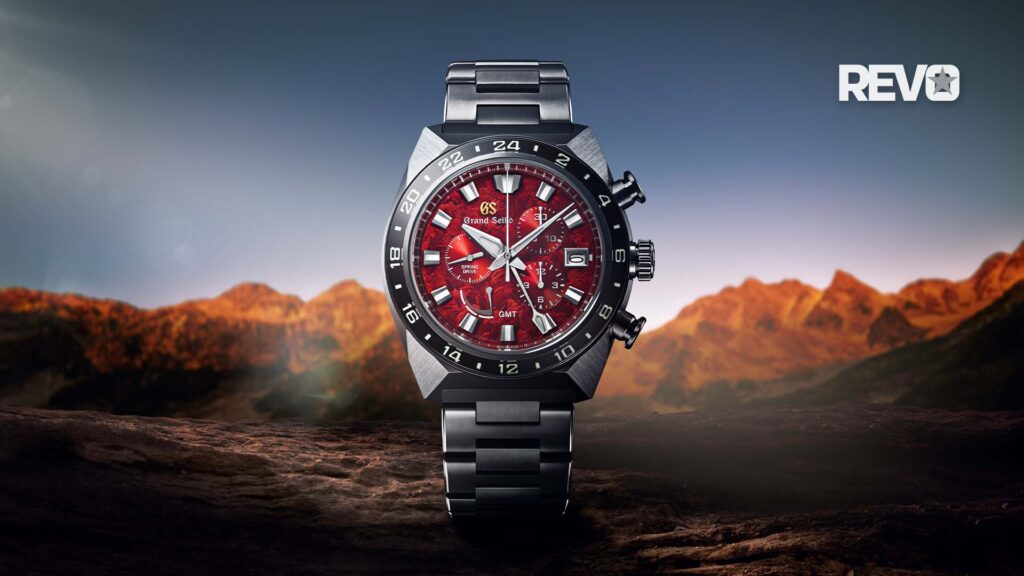Jaeger-LeCoultre
Past Times: Pablo Picasso
The Pablo Picasso Estate halted the sale, presumably at the prompting of his surviving heirs – daughters Paloma and Maya and son Claude. For keen-eyed watch collectors, the Picasso catalogue offered a brief glimpse of two treasures that have once again vanished from the public domain. Though neither watch is visibly signed, the numerals around the circular enamel dial spell out the twelve letters of Pablo Picasso’s name. The yellow-gold case is fitted with a tan crocodile strap and the stainless-steel with black leather. Both watches are “well loved” and we know from numerous studio photographs in the latter years of his life that Picasso did not remove his watch when painting, making these two watches as priceless for art collectors as bounty hunters of watches with provenance.
Picasso’s yellow-gold watch has black, hand-painted letters in Granjon font developed in 1928. The stainless-steel watch’s letters are a precursor of the extended sans serif Gotham font. Neither fonts nor the inscription of “19 JEWELS” on Picassso’s gold watch give clues to their date of birth or brand history.
The Finer Things
We do, however, know that Picasso had a fine collection of wristwatches. In 1954, celebrated photographer Yousuf Karsh captured the artist wearing what has been identified as a Jaeger-LeCoultre Triple Date Moonphase. He also wore a stainless steel Rolex GMT-Master in a famous 1960 portrait by Eddy Novarro, which showed the artist sporting a Native American headdress given to him by Western movie hero, Gary Cooper.
It is curious that the painter of Demoiselles d’Avignon (1907) and the anti-war masterpiece Guernica (1937) – a protest against the horrors of the Spanish Civil War – had a rather sybaritic taste for the finer things in life. Though he was a card-carrying member of the Communist party, Picasso enjoyed playing with the trappings of the bourgeoisie. In 1919, when he was in London painting sets and backcloths for Serge Diaghilev’s Ballets Russes production of The Three-Cornered Hat, he and ballerina wife Olga Khoklova stayed at the Savoy. Picasso persuaded Bloomsbury Group critic Clive Bell to take him to Savile Row to be measured for an Anderson & Sheppard suit and to James Lock & Co. on St James’s Street to buy a black bowler hat.
Though Picasso was acclaimed in the art world after Demoiselles, when his erstwhile mentor Henri Matisse said of him, “he is a bandit lurking in ambush”, the artist earned commercial as well as critical success when he and Georges Braque unleashed Cubism on the Parisian art world in 1907. Pablo Picasso was that rare artist who was wealthy in his own lifetime rather than posthumously. The Jaeger-LeCoultre, Rolex and personally monogrammed watches are merely the pieces in his collection for which there is photographic evidence. None have appeared on the secondary market, making a watch with proven lineage to Pablo the Great a collector’s dream.










